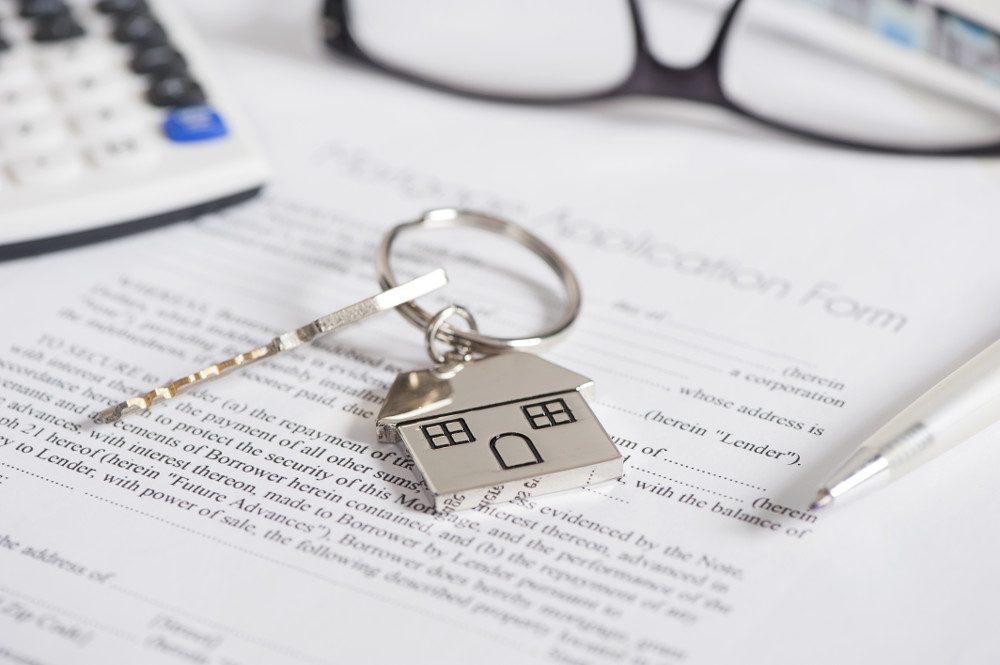
What Is Stamp Duty?
 What is stamp duty and why do I have to pay it?
What is stamp duty and why do I have to pay it?
Historically Stamp Duty in the UK dates back to the 1600s, but the current system really began in the 1950s.
Strictly speaking, it is a tax on written legal documents that are required to have an official “stamp” to verify their authenticity.
The Stamp Act 1891 provides that documents liable to Stamp Duty may not be registered or used unless they have been duly stamped. Since owners want to be able to demonstrate their title to property they are effectively required to have their document stamped if they want anyone, including a Court, to take notice of it.
The most usual form of stamp duty is payable when a house is sold freehold or you buy a leasehold on a property. It is also payable on property purchase in shared ownership schemes or if you buy a share in a house.
The tax is payable by the purchaser and since December 2014 the amount payable has been graded as a percentage of the property price.
So you pay 0% for the first £125,000, 2% on the portion up to £250,000, 5% up to £925,000, 10% up to £1.5m and 12% on anything above that if the property is residential.
On mixed use or non-residential properties there are different rates. The threshold from which it is payable on this type of property is £150,000. Non-residential property can be commercial property, eg shops or offices, agricultural land, forests, any other land or property which is not used as a residence or 6 or more residential properties bought in a single transaction.
An example of a mixed use property is an office attached to a house, or a flat above a shop.
There are some exemptions from paying Stamp Duty and examples include where no money or other payment changes hands for a land or property transfer, where property is left to you in a will and where property is transferred because of divorce or dissolution of a civil partnership.
Collection of Stamp Duty is the responsibility of HM Revenue and Customs and there is a full guide here.
 What is stamp duty and why do I have to pay it?
What is stamp duty and why do I have to pay it?




